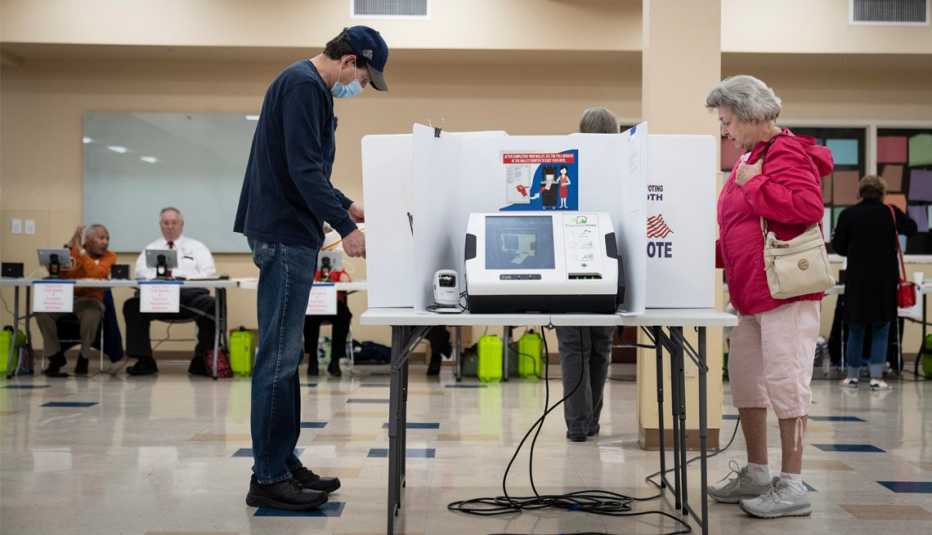Staying Fit


In a typical election year, nobody pays much attention to secretaries of state — at least those in state capitals.
While the U.S. secretary of state travels the world as overseer of our nation’s foreign affairs, these state-level namesakes toil away in state capitals in relative obscurity. They oversee business charters, safeguard public documents and register trademarks. “Somebody competent with paperwork” is how University of Michigan law professor Barbara McQuade puts it. Their elections are generally sleepy affairs.


AARP Membership— $12 for your first year when you sign up for Automatic Renewal
Get instant access to members-only products and hundreds of discounts, a free second membership, and a subscription to AARP the Magazine.
Not so this year.
In 2022, secretary of state races have taken on new significance, fueled by the other job most have: chief election officer for their state. That’s why so much money is flowing to many of the 27 secretary of state races on the ballot this November — and one more reason these midterm elections are more significant than the often more staid, low-turnout events of the past.


Use Your Power to Decide the 2022 Election
Americans 50+ can use their vote to decide the 2022 elections. Commit today to be a Decider and join our fight to make sure candidates keep their promises to preserve Social Security and Medicare.
You’ve likely heard plenty about how control of Congress is up for grabs this year. Both houses of Congress could be in store for a change in political power like those seen in 1994 and 2006, several nonpartisan election analysts were projecting early this summer. Beyond that, 36 governors will be elected, including in nine of the 10 biggest states (incumbents running include Democrats Gavin Newsom of California and Kathy Hochul of New York and Republicans Ron DeSantis of Florida and Greg Abbott of Texas).
But for voters in many states, governors are always on midterm ballots, as are all representatives to Congress and a third of U.S. senators. What’s different in 2022 is how much attention is being paid to the people who help decide how those ballots are distributed and counted. “If you care about the integrity of democracy, the secretary of state races are the most important on the ballot in the fall,” McQuade says.
Voting rights
November’s midterm elections are important at the state level for many reasons. In addition to voting for their members of Congress, voters will select a majority of state legislators. A host of ballot measures on hot-button state issues will go before voters. And there are city and county races to decide. Kitchen-table concerns — from utility prices to broadband access to the cost of prescription drugs — will again be important, and key decisions for those will be handled in statehouses, not just in Washington, D.C.

































































More on politics-society
What Issues Will Sway the Midterm Elections for 50+ Voters?
For many older Americans, winning their support will come down to how candidates plan to tackle real problems
AARP Poll: Women Voters 50+ Are Election Deciders
High cost of living and lack of unity rank as top issuesAARP Voter Engagement Campaign Underway
Aim is to give 50-plus voters the latest information on how and where to cast their ballots